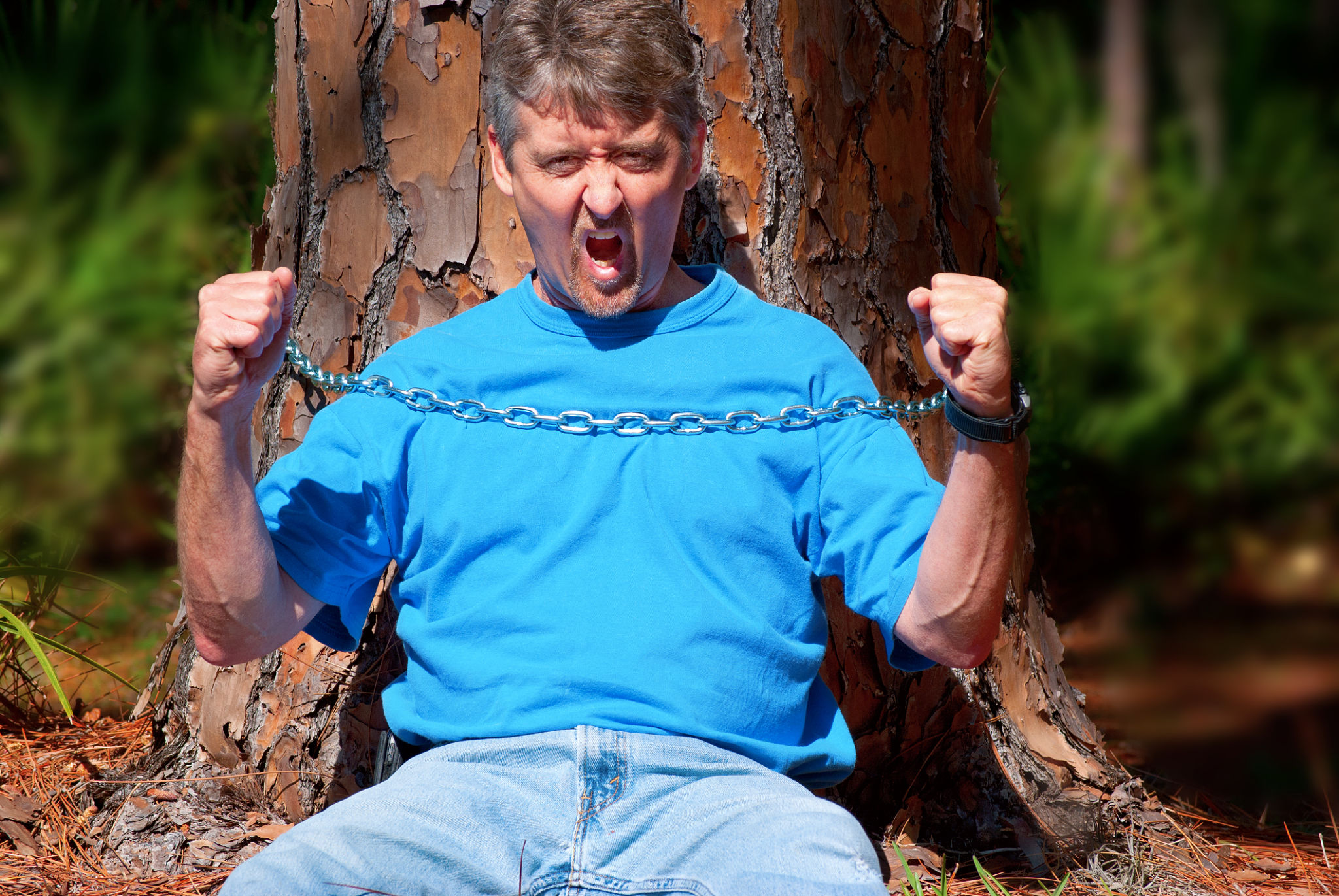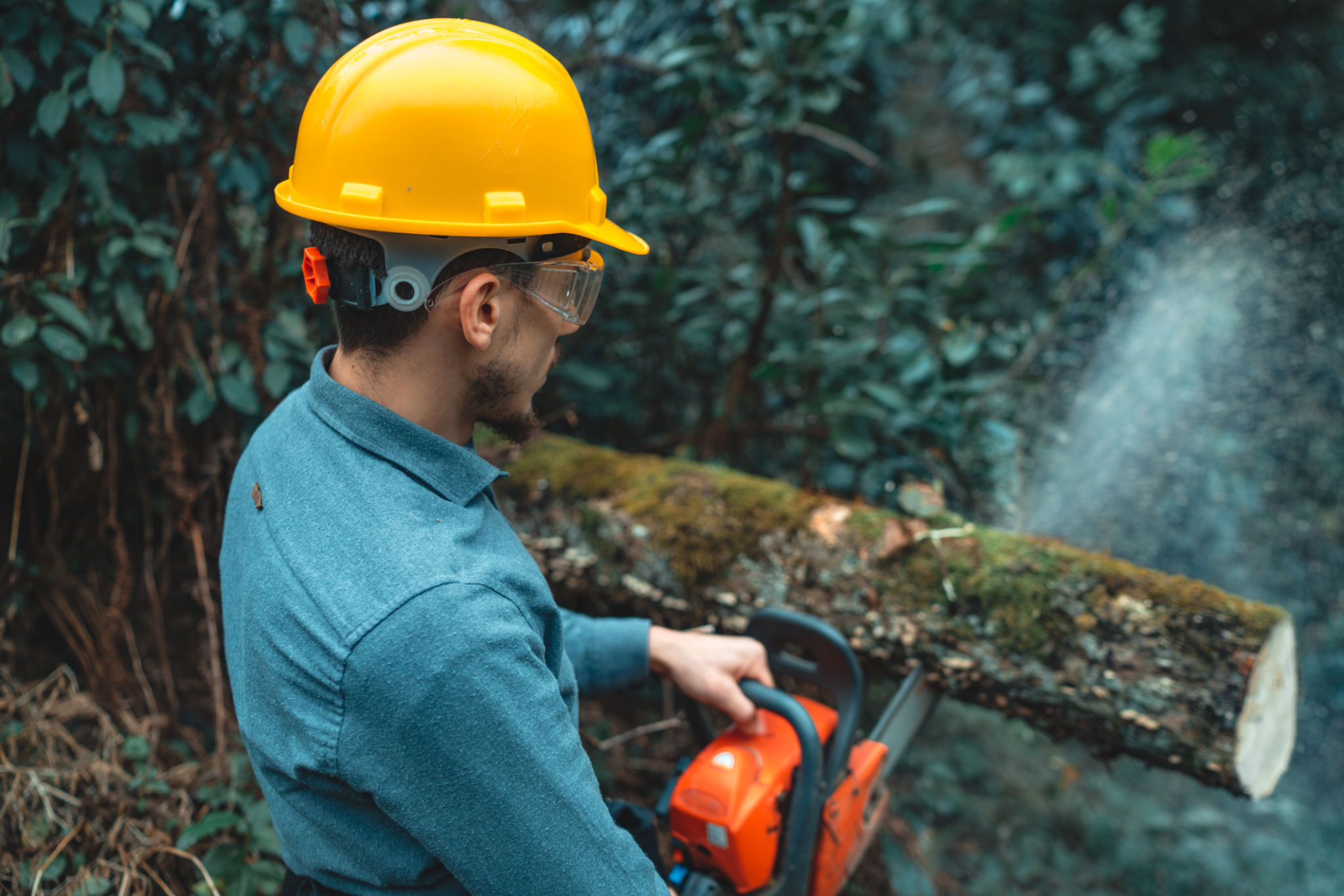The Ultimate Guide to Tree Removal in Oklahoma City: What Homeowners Need to Know
Understanding the Necessity of Tree Removal
Tree removal can be a crucial task for homeowners, especially in areas like Oklahoma City, where weather conditions can sometimes be harsh and unpredictable. The decision to remove a tree should not be taken lightly, as trees provide environmental benefits and enhance property aesthetics. However, there are circumstances where removal is not only necessary but also beneficial for safety and property value.
Common reasons for tree removal include disease, storm damage, or the tree's interference with structures or utilities. A diseased or damaged tree can become a hazard, posing risks to your home and family. Additionally, trees that grow too close to power lines or buildings may require removal to prevent potential damage or service interruptions.

Assessing the Situation: When to Remove a Tree
Before deciding on tree removal, it is essential to assess the tree's condition thoroughly. Homeowners should look for signs of disease, such as discolored leaves, brittle branches, or fungal growth. If the tree is leaning significantly or has visible cracks in the trunk, it may be structurally unsound and require removal.
Consulting a certified arborist can provide valuable insight into the tree's health and stability. These professionals can determine whether the tree can be saved with treatments or if removal is the best course of action. Their expertise ensures that the decision made is in the best interest of both safety and environmental considerations.

The Tree Removal Process
Once the decision to remove a tree is made, understanding the removal process can help homeowners prepare. The process typically involves several steps to ensure safety and efficiency:
- Inspection and Planning: The tree removal company will conduct a thorough inspection to plan the safest and most efficient removal method.
- Equipment Setup: Proper equipment, such as cranes, chainsaws, and ropes, is set up to facilitate the removal.
- Tree Cutting: The tree is carefully cut down in sections, starting from the top, to prevent damage to nearby structures.
- Stump Removal: After the tree is removed, the stump is either ground down or removed entirely, depending on the homeowner's preference.
Safety is a paramount concern during the tree removal process, which is why it is crucial to hire a professional service.

Choosing the Right Tree Removal Service
Selecting a reputable tree removal service is essential to ensure the job is done safely and efficiently. Homeowners should look for companies that are licensed, insured, and have positive customer reviews. It is also beneficial to get multiple quotes to compare services and prices.
When discussing the project with potential contractors, ask about their experience, the equipment they use, and their safety protocols. A reliable company will be transparent about their methods and provide a detailed estimate of the costs involved.
Post-Removal Considerations
After a tree is removed, homeowners may need to consider landscaping alternatives to fill the void left behind. Options include planting a new tree, creating a garden bed, or installing a patio or other outdoor feature.
Additionally, it is important to dispose of tree debris properly. Many tree removal services offer debris removal as part of their package, ensuring that the site is left clean and safe.

Preventative Measures for Tree Health
To avoid future tree removal, homeowners can take preventative measures to maintain tree health. Regular pruning, adequate watering, and pest management can help trees thrive and reduce the risk of disease or structural failure.
By investing in regular tree care and maintenance, homeowners can enjoy the benefits of healthy trees while minimizing potential hazards. This proactive approach not only enhances property value but also contributes positively to the local environment.